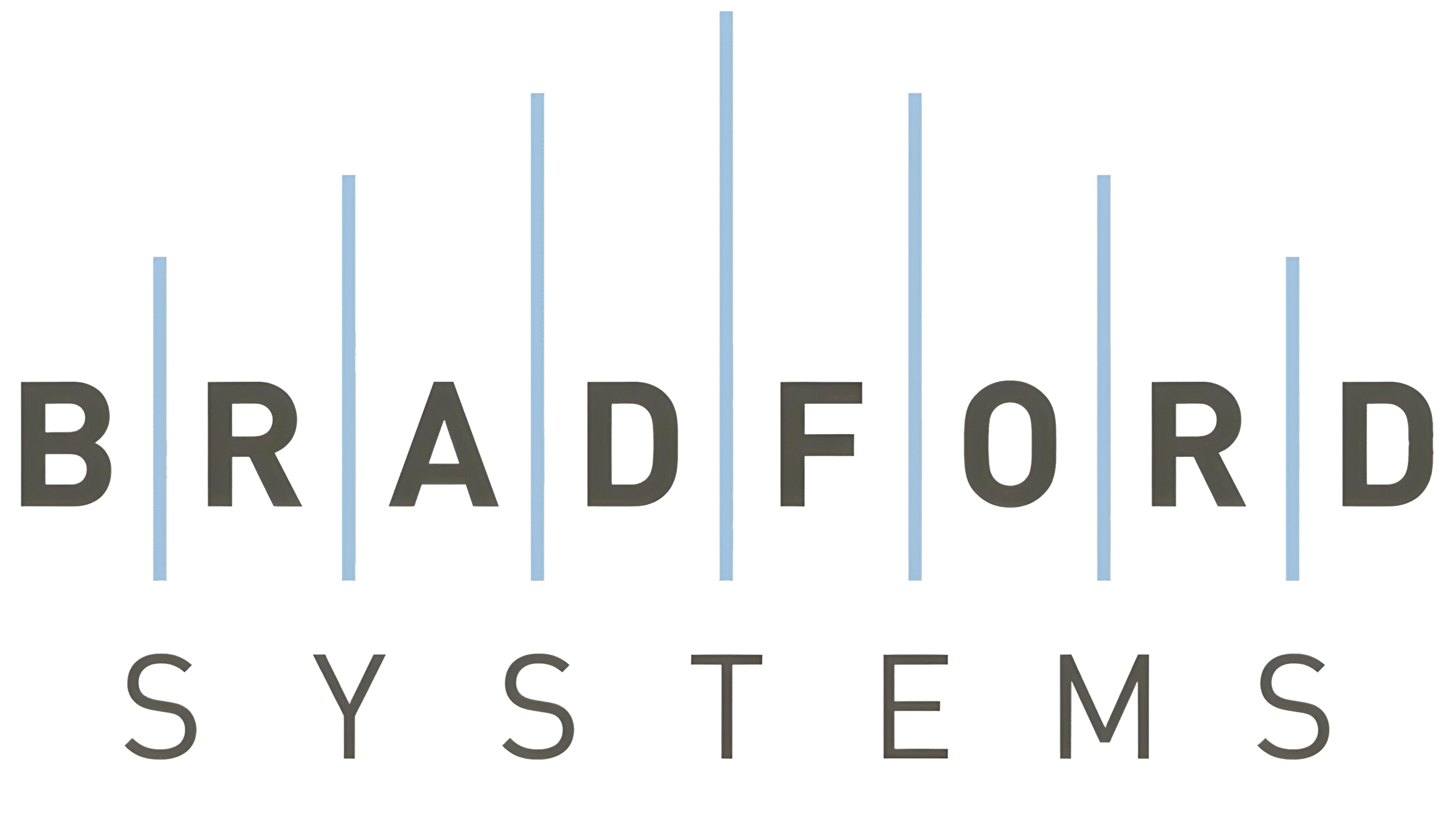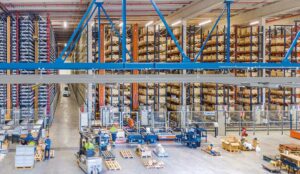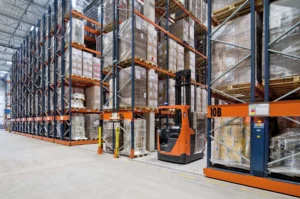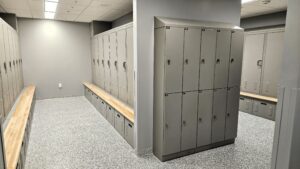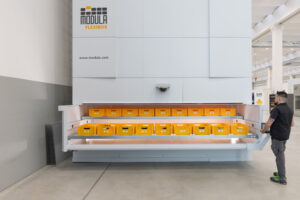If you’ve been on the fence about modernizing your warehouse, upgrading racking systems, optimizing material flow, or installing new storage infrastructure, 2025 presents a powerful financial incentive to act. Thanks to recent changes in U.S. tax law, Section 179 deduction have been significantly expanded, providing businesses with the opportunity to expense qualifying investments in the year they are placed into service.
At Bradford Systems, we help industrial facilities maximize their return on capital investment, not just through better design and storage solutions, but by assisting clients in tapping into available tax incentives. There’s still time to maximize write-offs before the end of this year! In this post, we walk through:
- What Section 179 is and what’s new in 2025
- Which types of warehouse and industrial investments qualify for effective product movement and seamless integration
- The key benefits of industrial operations
- How Bradford Systems’ offerings align with Section 179 optimization
What Is Section 179 And What’s Changed for 2025?
Section 179 of the U.S. Internal Revenue Code allows businesses to deduct the full cost of specific qualifying property in the year it is placed into service rather than spreading the deduction across multiple years via depreciation, thus optimizing storage density.
Under recent legislation (often referred to as the “OBBBA” enhancements), the Section 179 limits have been significantly increased for 2025:
- The maximum deduction limit is now $2.5 million.
- The phase-out threshold (after which the deduction begins to be reduced) is $4,000,000.
- Once the total qualifying property placed in service in the year exceeds $6,500,000, the deduction is fully phased out.
- These thresholds will be indexed for inflation in future years.
These expanded limits make Section 179 particularly compelling for mid-sized to larger industrial operations that plan sizable capital investments in 2025.
Why Industrial / Warehouse Upgrades Are Ideal Candidates
Warehouse transformation projects often involve various types of equipment, infrastructure, and improvements that are directly eligible for Section 179 deductions. Here’s why industrial facilities are especially well-positioned to benefit:
1. Capital-Intensive Nature of Warehouse Infrastructure
From pallet racking and mezzanines to conveyor systems, picking workstations, and automated storage and retrieval systems (AS/RS), warehouse upgrades typically involve significant capital outlays, precisely the kind of investments Section 179 is designed to encourage.
2. Accelerated Return on Investment (ROI)
By writing off the full cost of eligible investments upfront, you accelerate your ROI, improve cash flow, and reduce your taxable burden. This frees capital for further investment in operations, maintenance, or expansion.
3. Flexibility & Phased Implementation
Many warehouse improvement programs are done in phases (e.g., first racking, then automation, then material handling). Because each module can be “placed in service” as it’s installed, you can time deductions strategically throughout the year.
4. Strong Alignment with Business Use
Warehouse equipment is almost universally used for business operations, rarely overlapping with personal use, which keeps compliance simpler and reduces proration issues to a minimum.
5. Incentive to Modernize & Optimize
With a powerful tax incentive in place, companies may be more willing to accelerate modernization plans, upgrading to more efficient systems sooner rather than delaying. The amplified deduction limit makes larger-scale projects more immediately attractive.
6. Strategic Tax Planning
When used in combination with bonus depreciation, Section 179 provides design flexibility to structure which assets you deduct fully this year versus how you depreciate others.
How Bradford Systems’ Warehouse Solutions Align with Section 179
At Bradford Systems, we deliver a comprehensive suite of industrial and warehouse solutions, designed with performance, efficiency, and scalability in mind. Because many of our offerings are eligible under Section 179, your transformation project can do more than just improve operations; it can deliver near-term tax benefits.
Here are a few of our core offerings for industrial facilities and how they fit:
Industrial Storage Solutions & Racking Systems
- Selective pallet racking
- Drive-in / drive-through systems
- Push-back racking
- Carton flow systems
- Mezzanines and multi-tier systems
These are classic examples of tangible property assets that are highly likely to qualify under Section 179.

Material Handling & Automation
- Conveyor systems
- Automated sortation
- Picking systems
- AS/RS modules
Although some components may fall under different depreciation classes, many of them are tangible business property and often qualify.
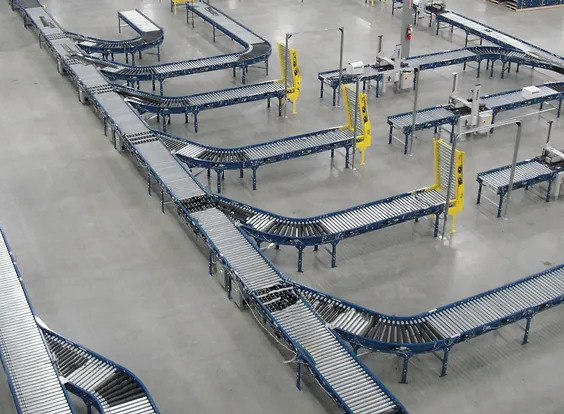
Modular Infrastructure & Workstations
- Modular shelving, workbenches, pick stations
- Dock-leveling systems
- Industrial carts, lifts, and dock equipment
These components are often eligible as well, primarily when used in warehouse operations.
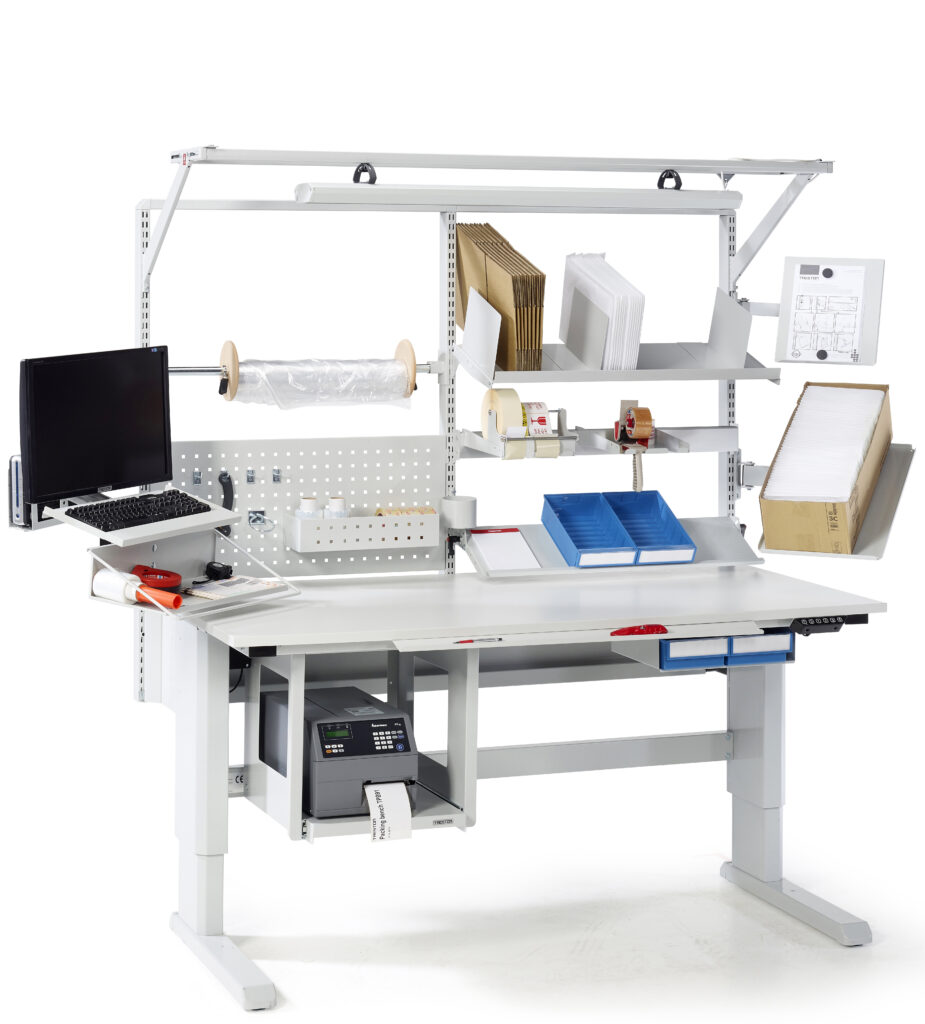
Warehouse Renovations & Improvements
- Upgrades to HVAC, lighting, fire/sprinkler systems
- Structural improvements tied directly to warehouse operations
- Electrical and security systems upgrades
Depending on the nature of the improvement and your election under Section 179, some of these may be eligible.
Turnkey Design, Installation & Integration
Because we deliver turnkey solutions from layout and engineering to installation, Bradford can help you plan investments so that your project phases align with tax eligibility. We help optimize your project timeline to maximize deduction placement.
Transform Smarter with Bradford Systems
Your warehouse transformation is more than just an operational upgrade; it’s a capital investment that can deliver both efficiency gains and tax advantages. By strategically planning with Section 179 in mind, you can extract greater financial benefit from every dollar spent.
What your strategic industrial partners at Bradford Systems bring to the table:
- Expert guidance on design, layout, and phased implementation
- Full range of industrial storage, racking, material handling, and modular infrastructure solutions
- Coordination with installation schedules to optimize when assets are “placed in service”
- Ongoing support through upgrades, expansion, or reconfiguration
If you’re ready to modernize your warehouse and capture the enhanced Section 179 benefits in 2025, let’s discuss. Contact our team for a consultation. Let’s make sure your capital investments deliver maximum operational and financial returns before year-end!
